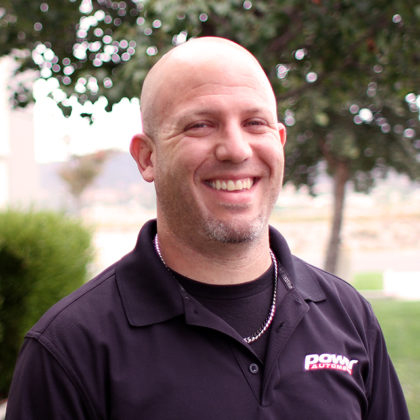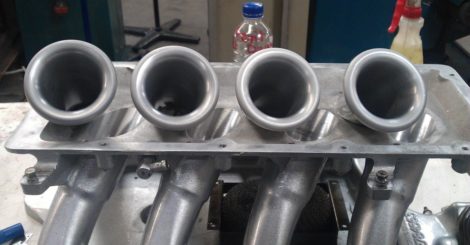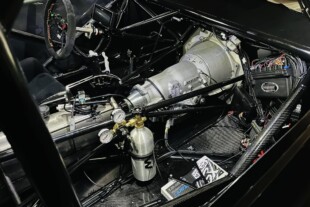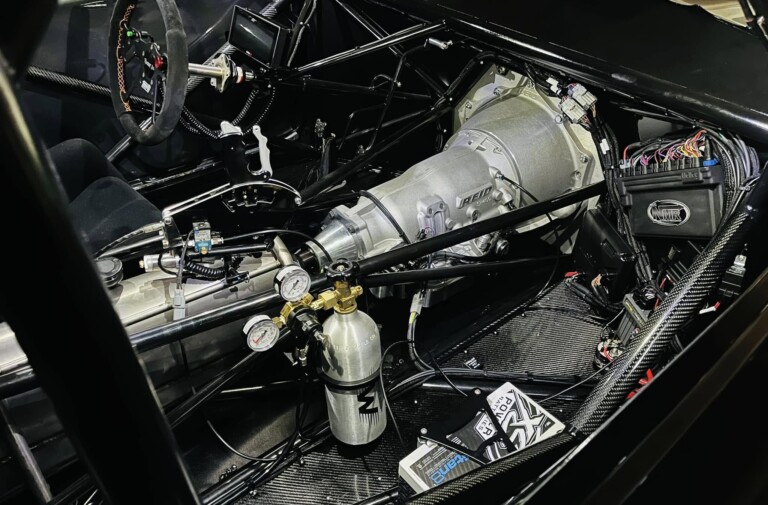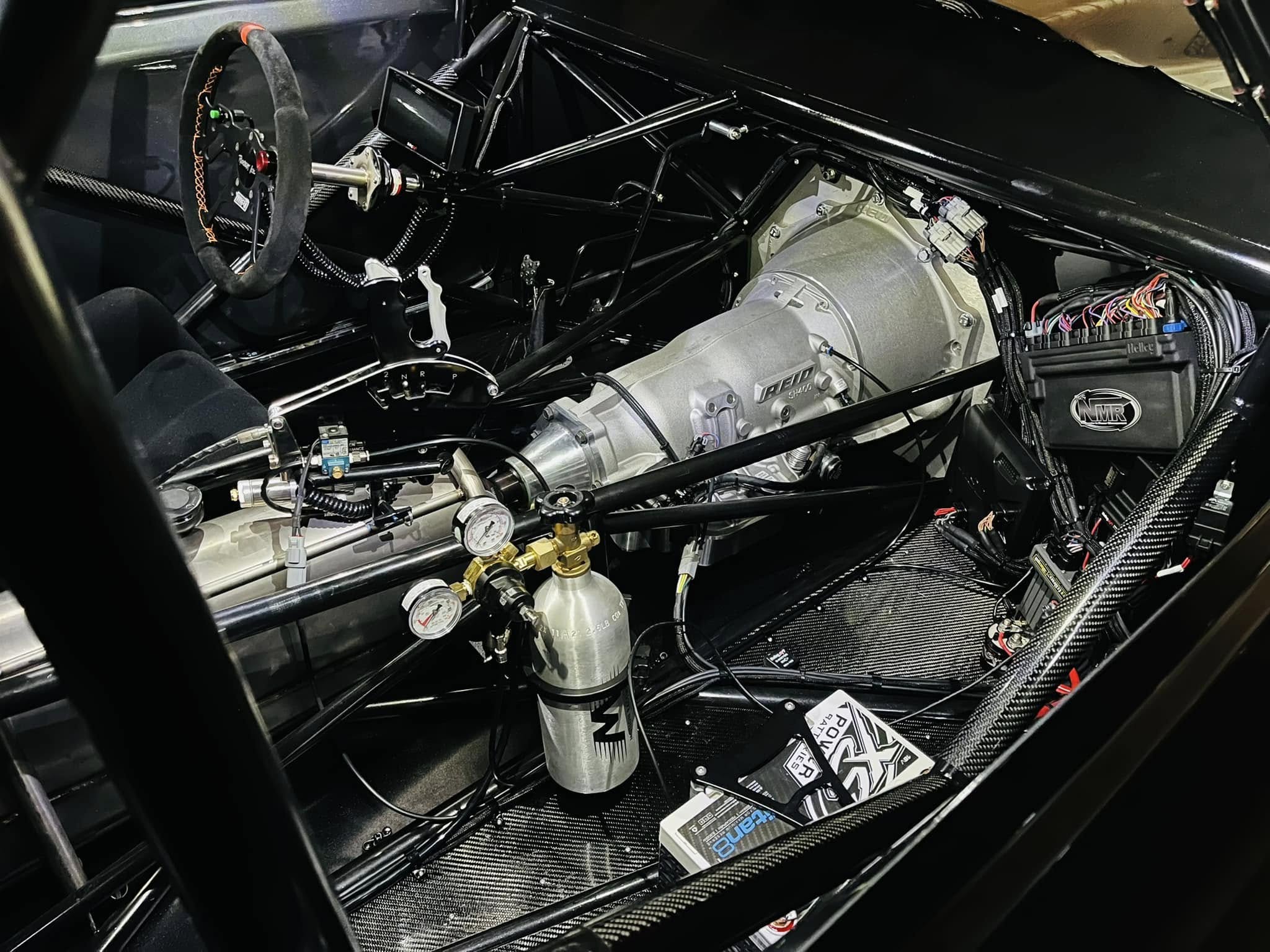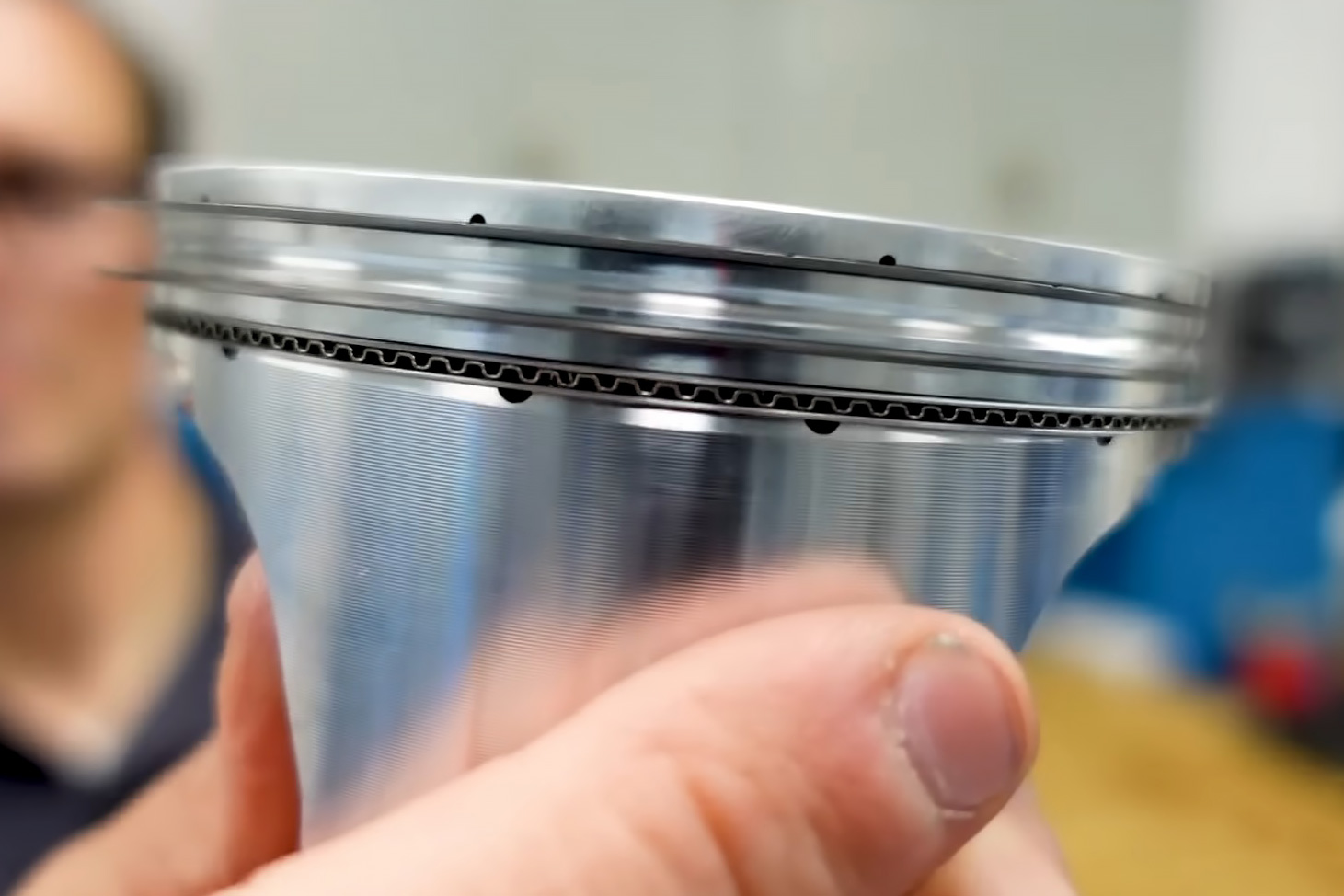 They do things a little bit differently in Australia, and this video is a perfect example. 397 cubic inches of Holden V8 was built to be a street stormer by Kanaris Engines, using a host of modified and killer aftermarket parts. High compression is no struggle when you add E85 fuel to the mix, and we caught up with Kanaris’ owner, James Kanaris, to pick his brain about some of the details that bring this beast to life.
They do things a little bit differently in Australia, and this video is a perfect example. 397 cubic inches of Holden V8 was built to be a street stormer by Kanaris Engines, using a host of modified and killer aftermarket parts. High compression is no struggle when you add E85 fuel to the mix, and we caught up with Kanaris’ owner, James Kanaris, to pick his brain about some of the details that bring this beast to life.
“This engine started out as a OEM 308 cubic-inch Holden V8 block. We then proceeded to fit a C.O.M.E. Racing 3.875″ stroke 4340 forged crankshaft to it. With this much clearancing to the bottom of the bores in this block, they break through to the water jackets, which meant the block had to be welded up and then filled with a two part epoxy to seal it all up. It was also fitted with 4-bolt steel caps,” he explained.
The large stroke needed to have a properly-designed connecting rod, so to that end they selected a set of Callies H-beam rods and 4.040-inch CP forged pistons with lateral gas ports to come up with a final displacement of 397 cubic inches – a large small block by any account.

Spacers were required on both intake and exhaust ports – the Yella Terra -9 cylinder head is a high-port design.
Deep breathing would be necessary to achieve the expected power output, so he chose to use a set of Australian-made Yella Terra -9 cylinder heads which were subsequently ported on-site in the Kanaris Engines facility. Final flow numbers are in the 340cfm range, before the heads were fitted with stainless 2.10-inch intake and 1.580-inch exhaust valves from REV.
The heads were topped with PAC roller springs and Crower yitanium retainers and locks to keep the valvetrain weight in a manageable range, and Kanaris went back to Yella Terra for a set of their 1.65-ratio roller rockers for valve actuation, using a set of Manley pushrods. Drawing upon his years of experience with the platform, Kanaris then designed a custom-spec solid roller camshaft that actuates the valves via a set of Crane roller lifters.
A high-winding engine like this also means that oil control is of paramount importance. James selected an external Dailey Engineering oil/vacuum pump, combined with a custom distribution block and custom mounting brackets. The oiling system in the block also needed to be modified to permit the use of the external oil pump. Incredibly, the E85 fuel also carries a high enough octane rating to permit a sky-high 13.0:1 compression ratio, which is another large factor in final horsepower achievement.
The twin-throttle intake manifold was specified by the customer for use in this application. Janaris and his team modified the internals to make use of larger bell-mouths to improve flow.
The Kanaris team was presented with a few challenges throughout the build. The twin-throttle intake manifold is a factory item that was available in the VN Group A Commodore, and was requested by the customer to be included in the build. To that end, Kanaris modified the internal passages with larger bell-mouths to assist flow, and its use required a spacer for clearance. Additionally, spacers were required between the cylinder heads and intake manifold to allow it to line up with the high-port cylinder head design. In this application, the intake manifold and engine block are the limiting factors, and Kanaris did his best to achieve the customer’s goals given the limitations set forth.
The engine management is handled by a Haltech Sport 1000 ECU and MSD 6AL-2 ignition system, running the fuel through Injector Dynamics 1000cc fuel injectors, which work perfectly in this application when combined with the fuel to control detonation and make power. Custom 2-inch primary headers were also constructed for the application.
The total package was designed for maximum torque, as this is a street-going engine, but we’d have to say they nailed it on all accounts – 680 horsepower and 607 lb./ft. of torque. There’s nothing like the roar of a high-compression small-block engine torturing the dyno, and when one is constructed from high-dollar engine parts like this and no expense is spared, it’s even better. We found it interesting that the twin throttle bodies operate independently, with the front unit opening first before the second one comes on as throttle pressure increases. They make a couple of pulls with the beast, so make sure to watch the video through to the end, and enjoy the sights and sounds of a Down-Under horsepower monster.


